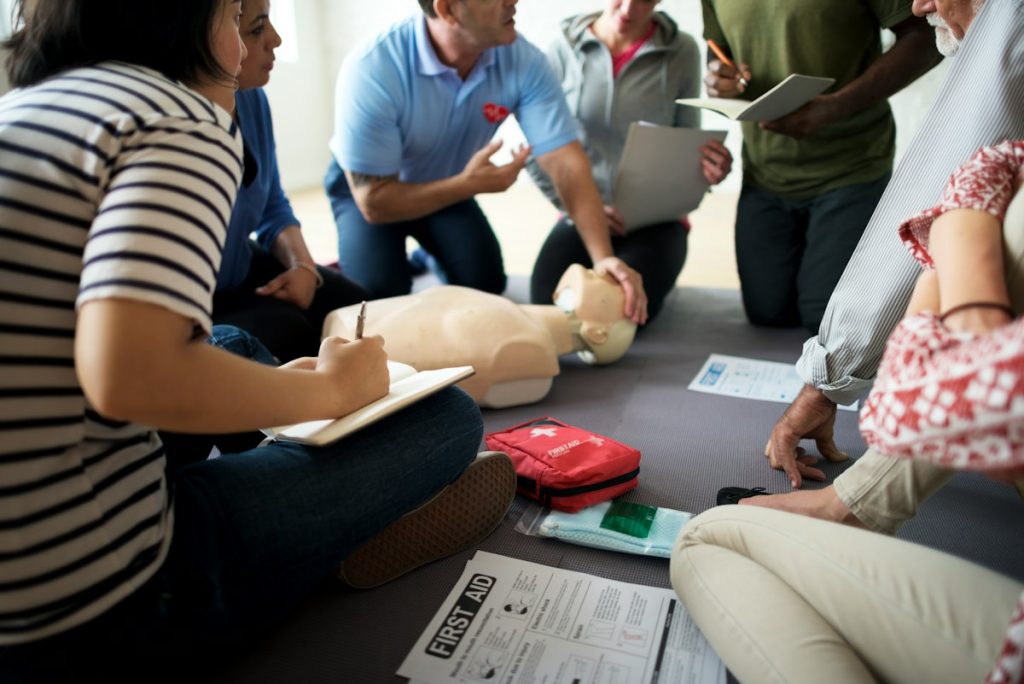Starting a wellness program at work is a great way to promote a healthy lifestyle and improve the well-being of your employees. A wellness program can help reduce healthcare costs, increase employee productivity and satisfaction, and improve the overall health of your workforce. Here are some tips on how to start a wellness program at work:
Assess your workplace health needs
Before you start a wellness program, it’s important to assess the health needs of your workforce. You can conduct a survey or a health risk assessment to identify the health concerns of your employees. This will help you tailor your wellness program to address the specific needs of your workforce.
Set goals and objectives
Once you have identified the health needs of your workforce, you need to set goals and objectives for your wellness program. Your goals should be specific, measurable, achievable, relevant, and time-bound. For example, you could set a goal to reduce employee absenteeism by 10% in the next six months by promoting healthy lifestyle habits.
Create a wellness team
Creating a wellness team can help you implement your wellness program more effectively. Your team should consist of representatives from different departments in your organization. This will help you get buy-in from all employees and create a more comprehensive wellness program.
Develop a wellness program
Your wellness program should include a variety of activities and resources that promote healthy lifestyle habits. Some examples of wellness program activities include:
- Healthy eating initiatives, such as providing healthy snacks and drinks in the workplace and offering healthy cooking classes
- Physical activity initiatives, such as offering gym memberships or organizing group exercise classes
- Mental health initiatives, such as providing stress management resources and offering mental health support
Implement and evaluate your program
Once you have developed your wellness program, it’s time to implement it. This involves promoting your program to your employees and encouraging participation. You should also regularly evaluate your program to assess its effectiveness and make any necessary changes.
Starting a wellness program at work can have many benefits for your organization and your employees. By assessing your workplace health needs, setting goals and objectives, creating a wellness team, developing a wellness program, and implementing and evaluating your program, you can create a healthier and more productive workplace.
Here are some websites with resources to help you start a workplace wellness program:
- Centers for Disease Control and Prevention (CDC) Workplace Health Resource Center: https://www.cdc.gov/workplacehealthpromotion/index.html
- Society for Human Resource Management (SHRM) Workplace Wellness Resource Page: https://www.shrm.org/
- American Heart Association (AHA) Workplace Health Solutions: https://www.heart.org/
- Wellness Council of America (WELCOA) Workplace Wellness Resource Center: https://www.welcoa.org/
- Employee Assistance Professionals Association (EAPA) Resources: https://www.eapassn.org/
Each of these websites offers a variety of resources to help you start a workplace wellness program, including articles, webinars, tools, and templates. They also provide guidance on topics such as program design, implementation, and evaluation. Utilizing these resources can help you create a successful wellness program that promotes the health and well-being of your employees.
Don’t forget first aid and CPR training as part of your workplace wellness program. Contact us today!










